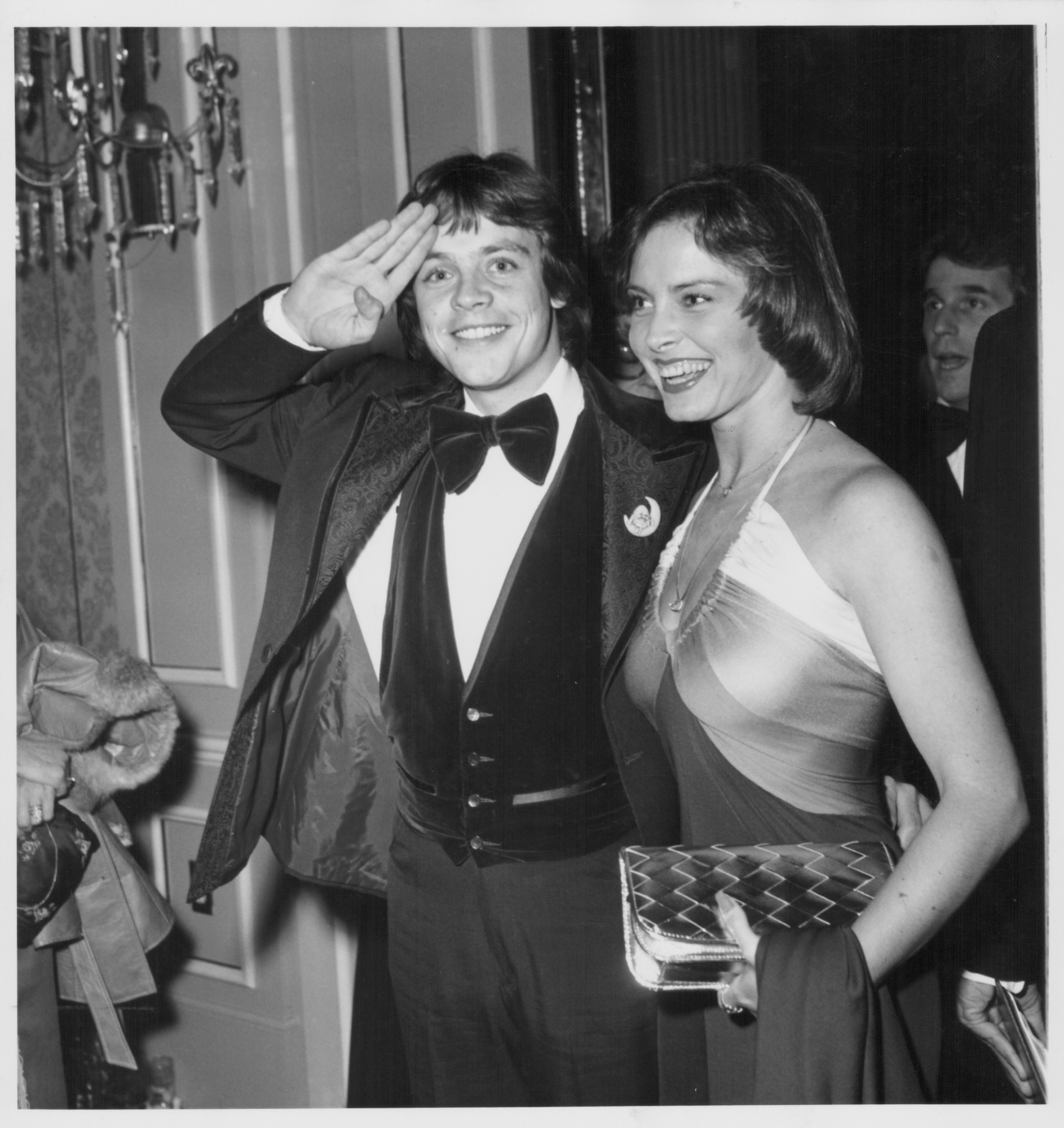
- Golden Globe Awards
1978: “Star Wars” – Creating a New Universe

A long time ago, in a galaxy far, far away, a young filmmaker who loved three things — cars, movies, and Flash Gordon — was somewhat adrift in a strange universe. His generation was taking over the movie industry after the major studios had to redo their financial plans thanks to directors and actors going rogue and independent. But the young director was somewhat divergent from his cinematic comrades-in-arms. Much of the new generation was following in the steps of the Nouvelle Vague. George Lucas, the young guy from Modesto, California, and one of his best friends, Steven Spielberg, had other points of view.
Science fiction had died in the late 1950s, the studio heads kept repeating.
Yet somehow, on the night of January 28, 1978, at the 35th Golden Globe Awards held in the International Ballroom of the Beverly Hilton, both Lucas, and Spielberg found themselves with their own intergalactic sagas: Spielberg with Close Encounters of the Third Kind, and Lucas with what would be retroactively titled Star Wars: Episode IV – A New Hope.
Both films were nominated for Best Picture – Drama, and Lucas and Spielberg each scored nods in the Best Director category, alongside Hebert Ross, Woody Allen, and Fred Zinnemann; Spielberg additionally was nominated for Best Screenplay.
Alec Guinness was nominated in the Best Supporting Actor category, for Star Wars, and in the end, John Williams, twice nominated for Best Score, took home that award for Star Wars (Close Encounters was his too).
Spielberg was one step ahead of Lucas, thanks to the success of Jaws. Lucas had been too bold for the studios. When 20th Century Fox agreed on backing and distribution of his still-unnamed film based on a two-page brief, Lucas made sure to build his project “low-budget, Roger Corman-style, and the budget was never going to be more than $8 million.” (It cost $11 million in the end.)
At first, Fox’s commercial expectations were low; they thought the movie could be good for matinees and such. By the time Lucas showed them the final cut — the result of years spent weaving his version of “Nixon and all the issues we’ve been having,” collecting the most daring special effects pros, and planning the impossible in a warehouse behind the Van Nuys Airport in the San Fernando Valley, now named Industrial Light & Magic — Fox was enthusiastic. “This is the greatest film I’ve ever seen,” a top executive told Lucas.
The reaction at a special screening for a group of hot filmmakers of the time — Brian De Palma and John Milius among them — was the opposite. “I was the only person in the audience who enjoyed the film,” Spielberg said to Lucas.
From its May 1977 release straight through the awards season and then beyond, Star Wars became much more than just a box office hit: Lucas’ initial saga had given a collective dream to a whole generation.
And all because Lucas couldn’t buy the film rights to his own favorite hero, Flash Gordon.

